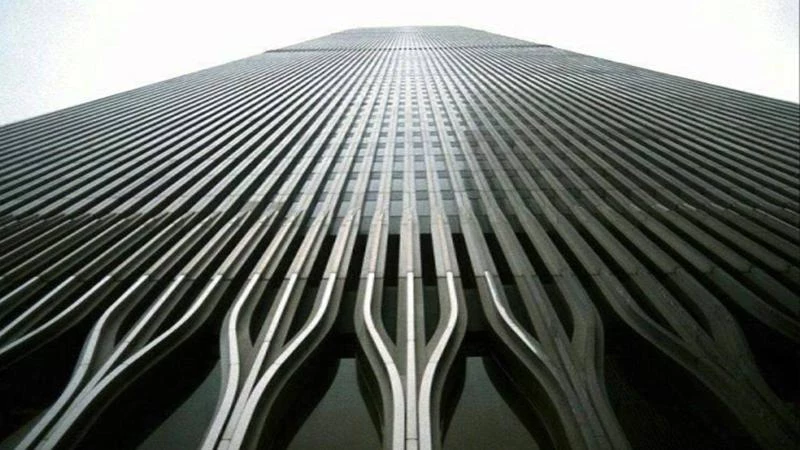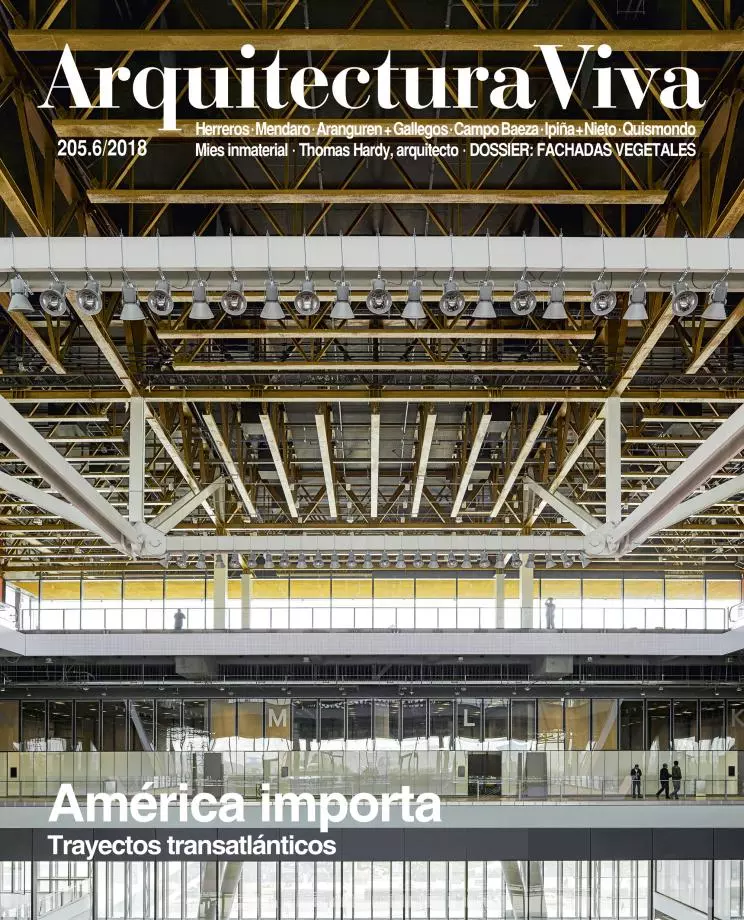
The son of a Japanese couple that emigrated to Seattle, Minoru Yamasaki (1912-1986) made true the American dream, starting out employed in a cannery to pay his way through the University of Washington and eventually marking the planet’s ceiling by directing the project for the World Trade Center in New York. Despite his professional success, however, he was never much esteemed by critics.
His figure fell into oblivion behind the dust of two historic demolitions: the attack on the Twin Towers, the live broadcasting of which marked the collective imagery of the 21st century, and the controlled blasting carried out to end the social conflict festered within an early work, the Pruitt-Igoe housing, which came to be identified with the failure of the Modern Movement.
With academic rigor this comprehensive monograph delves into Yamasaki’s career, pointing out his seminal role in the second half of the 20th century, over and above the labels dismissing him as corporate or populist.
The apparent ambiguity of his language – between modern and historicist – signified a desire to humanize the architectural experience, enriching the prevailing rationalism by paying heed to sensory and emotional aspects discovered at the Taj Mahal or St. Mark’s Square.
He kept working profusely (including in Madrid in 1982, with the Picasso Tower), but lost creative steam; a decline attributable to plain exhaustion or the discouragement caused by systematic lambasting of the WTC towers, the most important project of his life.






